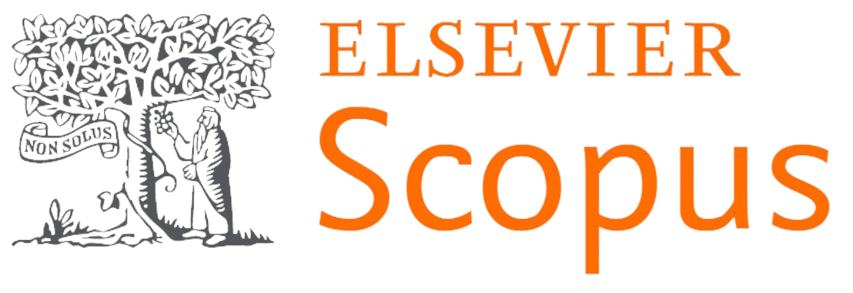The Effect of photobiomodulation therapy in obese mice: A Review
DOI:
https://doi.org/10.70135/seejph.vi.5231Keywords:
photobiomodulationAbstract
Obesity involves genetic, epigenetic and environmental factors such as physical inactivity and hypercaloric diets. The obesity associated with cardiovascular disease leads to hypertension. The main site where the mechanism of obesity present is Adipose Tissue. Brown Adipose Tissue and White Adipose Tissues plays a key role in the obesity. Photobiomodulation therapy (PBMT) is also known as low-level therapy which is suggested for the treatment of wound healing, tissue regeneration, increase circulation and acute inflammation. Photobiomodulation therapy is painless treatment which triggers at various sites without side effects. PBMT can reduce both adiposity and inflammatory infiltrate in adipose tissue. The free fatty acid generation and insulin resistant adipose tissues will be reduced by photobiomodulation therapy. The presence of excess glucose is also ameliorated by the photobiomodulation therapy. Through this photobiomodulation therapy either initiate or help excess weight loss as well as ameliorating inflammation. Uses of Low-level therapy for localized fat reduction do not affect lipid serum levels. This review discusses about how the photobiomodulation therapy involves in the treatment of obesity in both mice and rat models.
Downloads
Published
How to Cite
Issue
Section
License
Copyright (c) 2025 Sriteja Ganta, Venkata Murali Nadiminti, Sudheendra Babu Mathangi, Sunita Kanikaram*,Bhanu Prasad Gadde

This work is licensed under a Creative Commons Attribution-NoDerivatives 4.0 International License.

